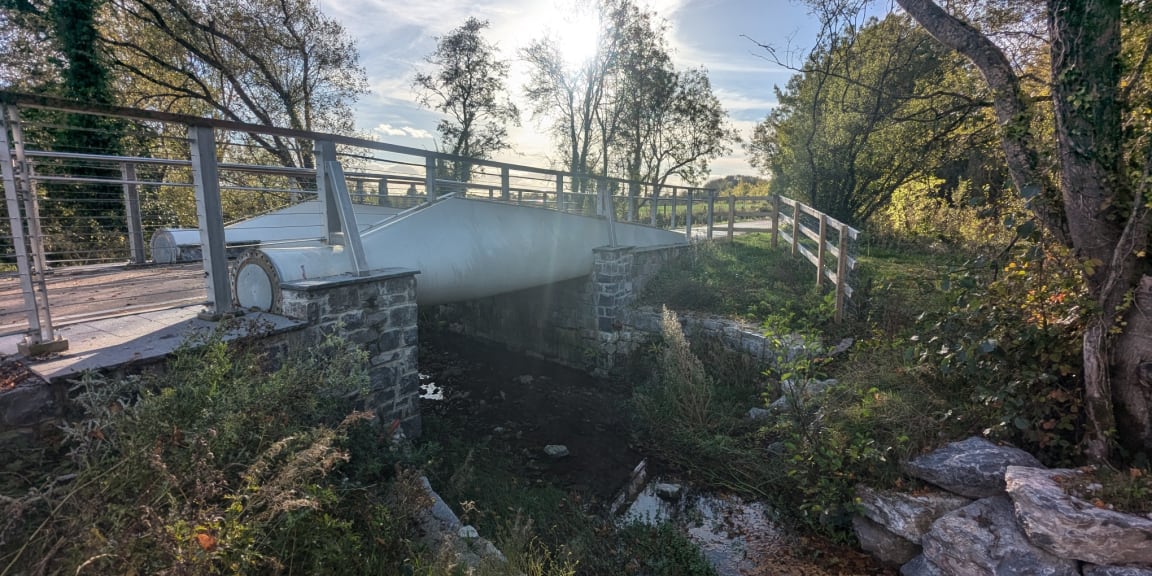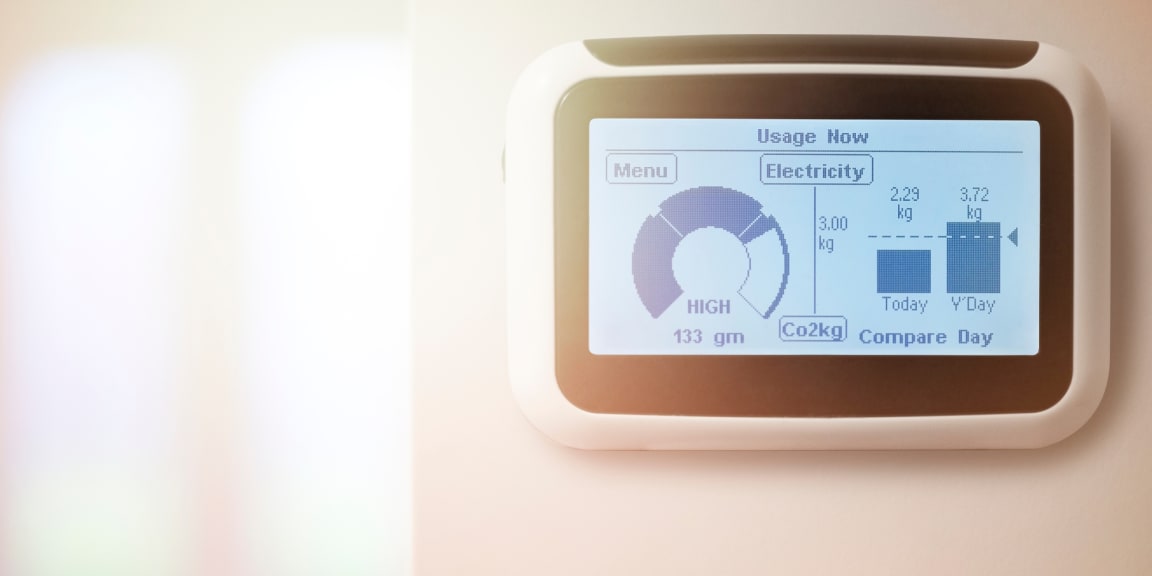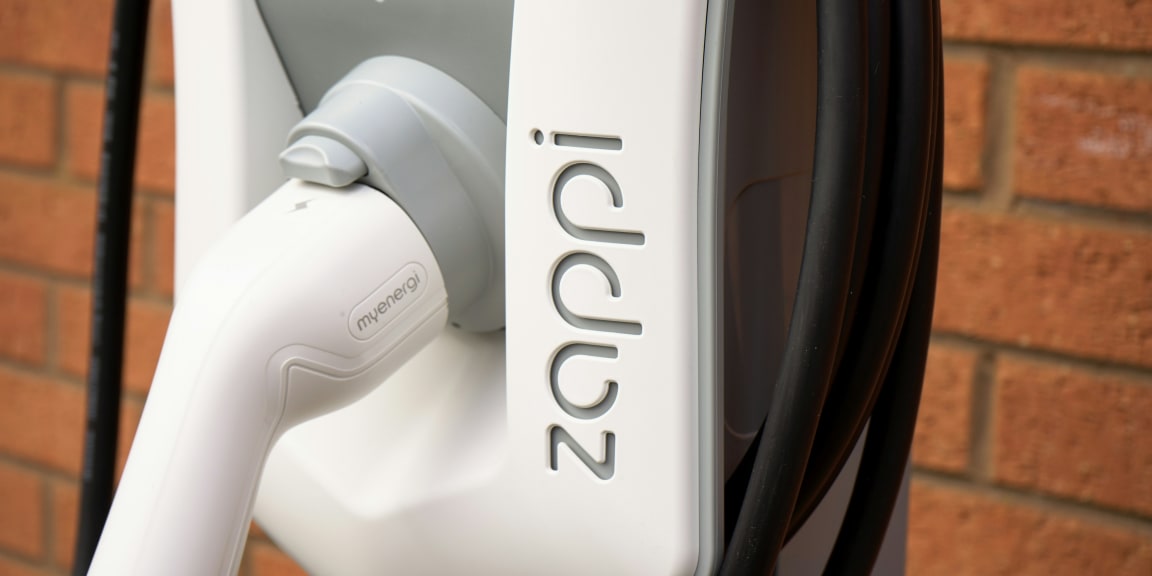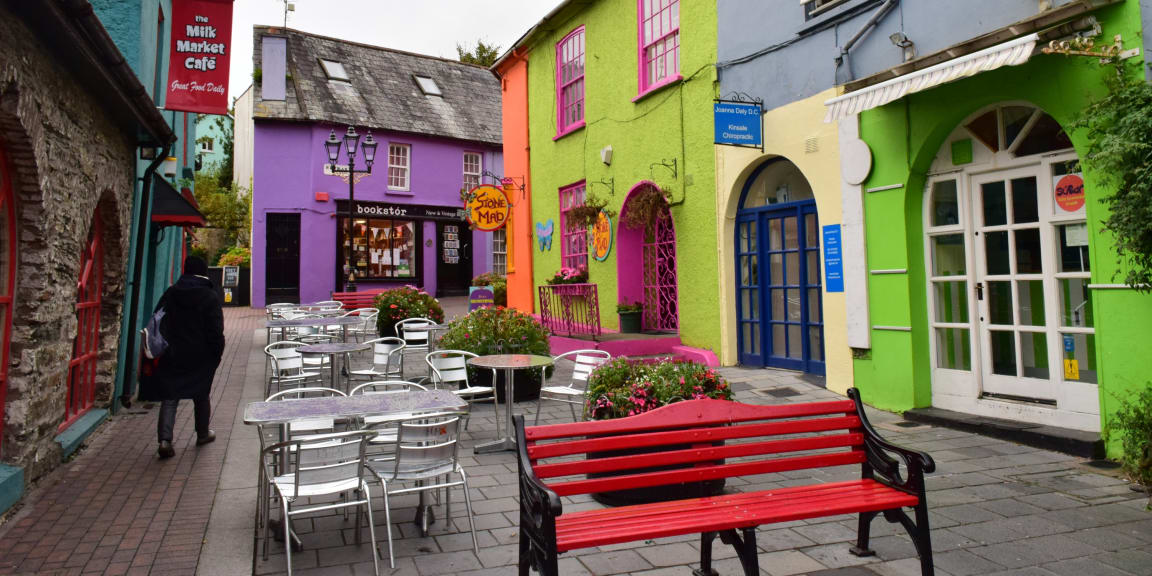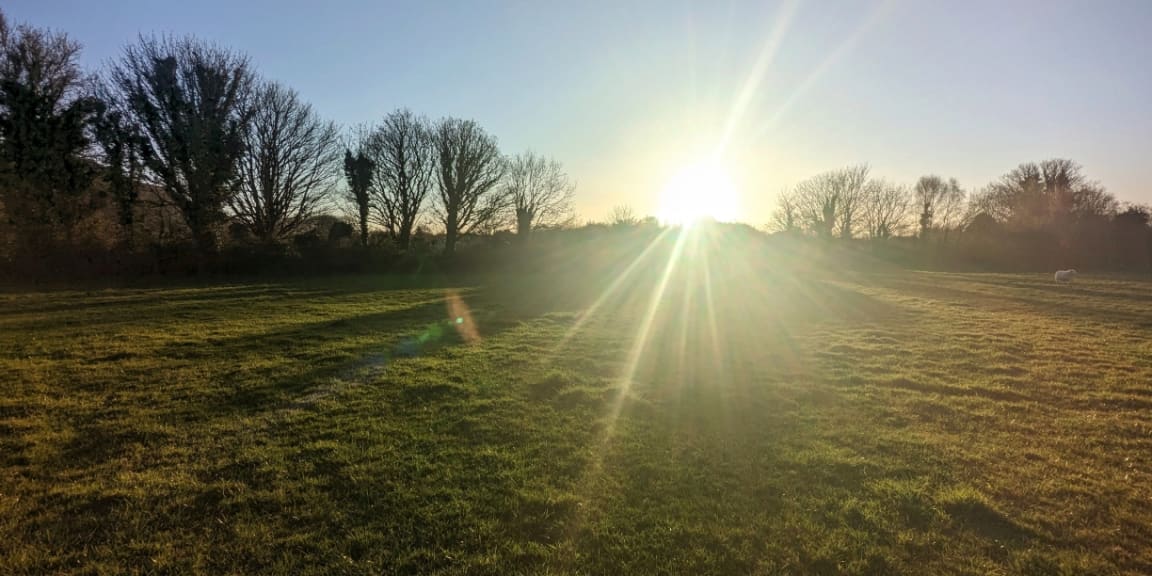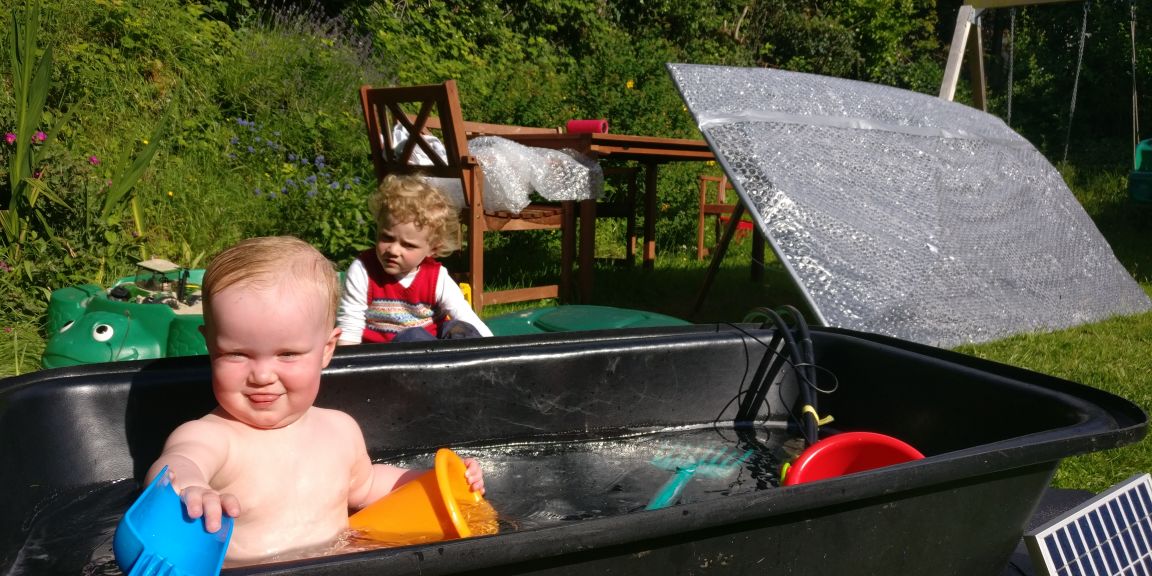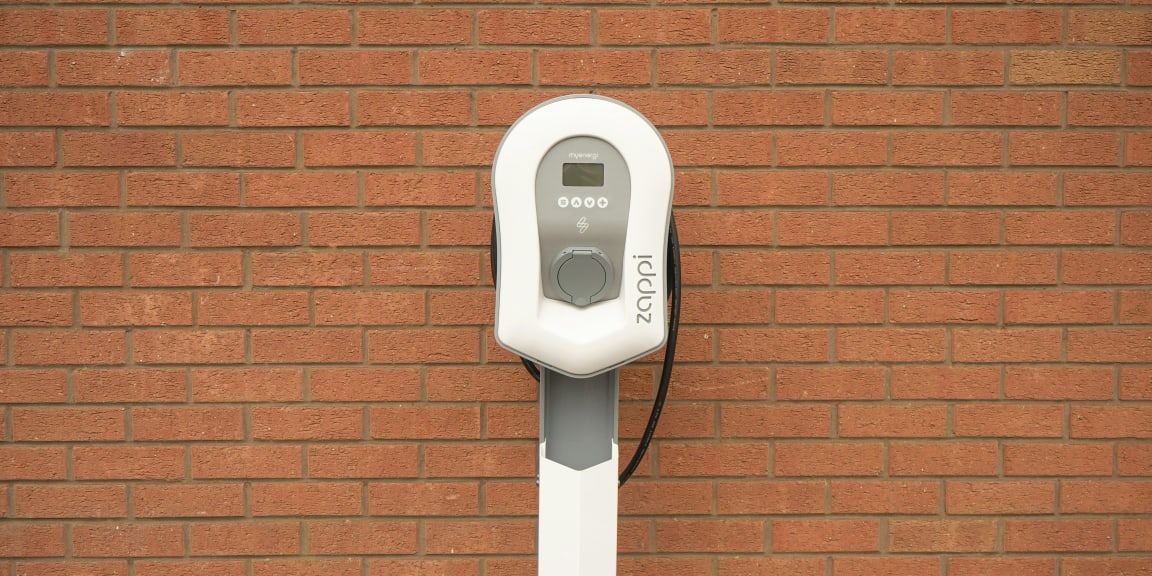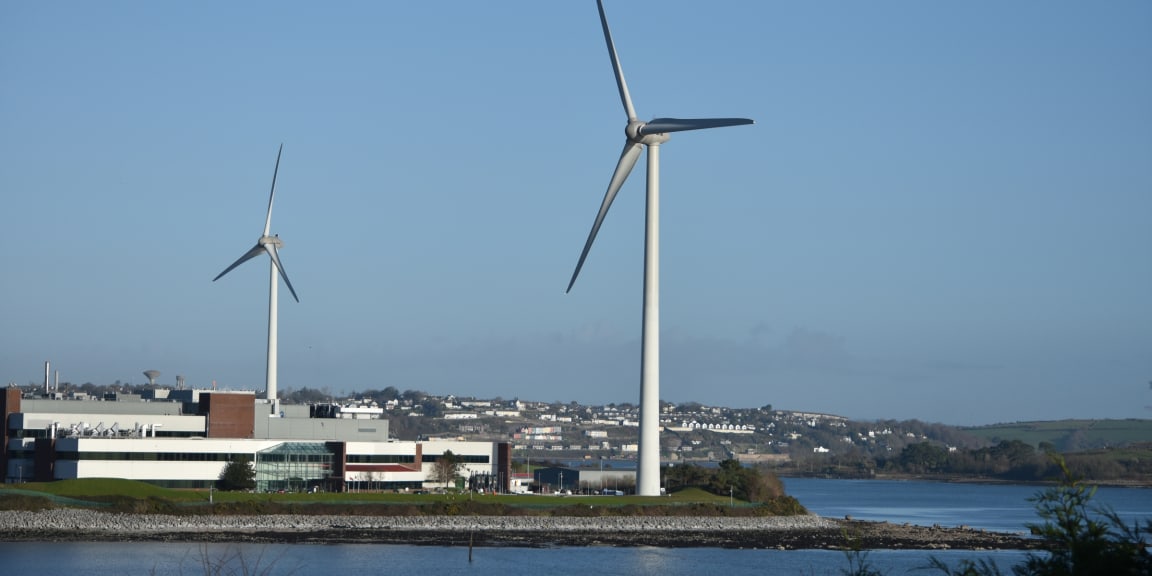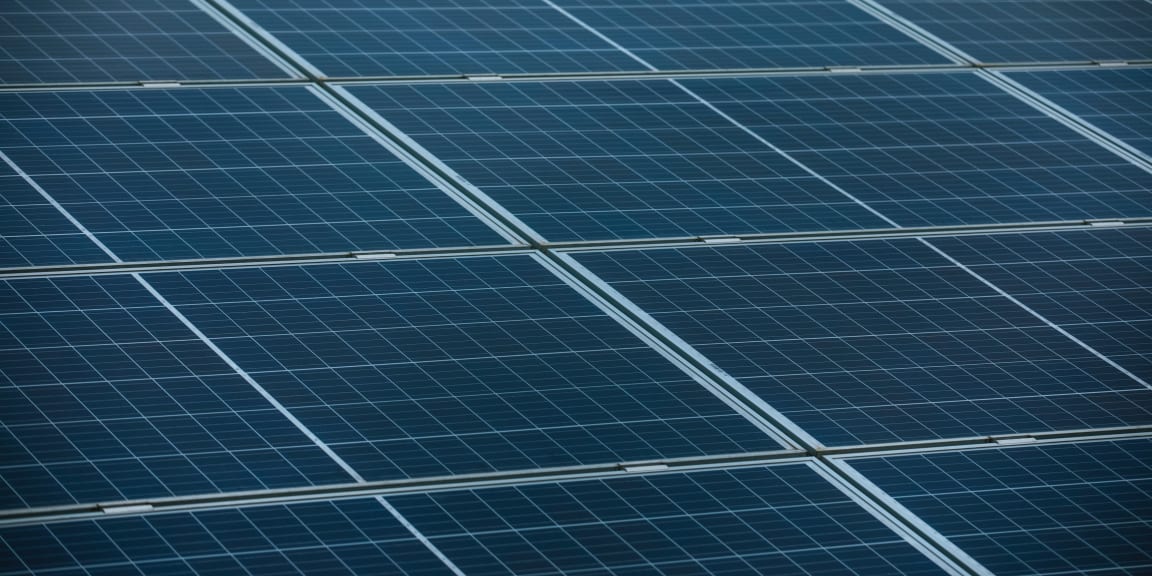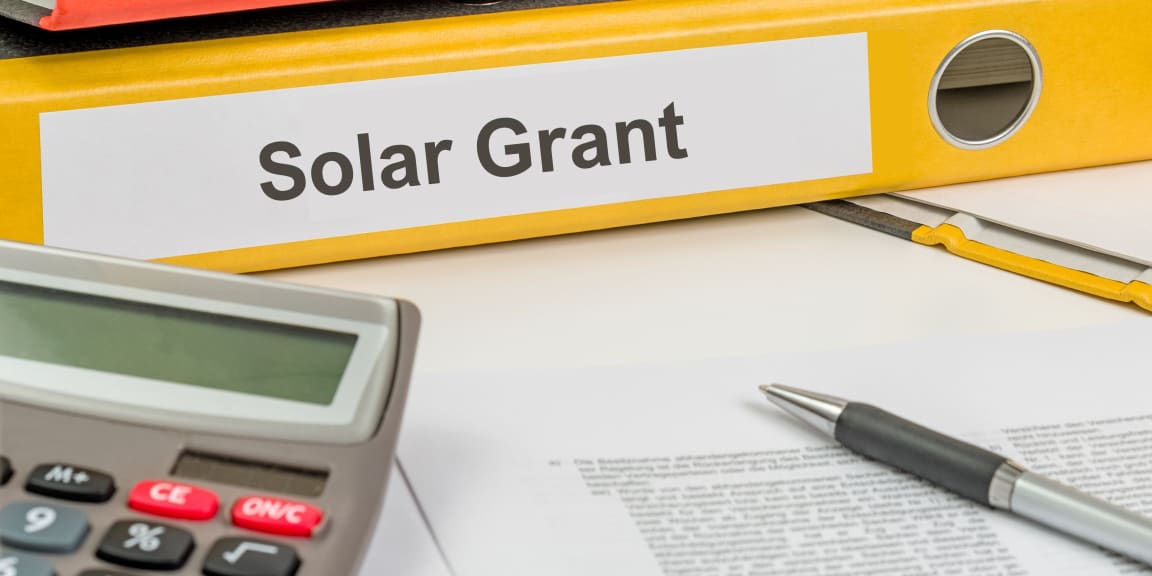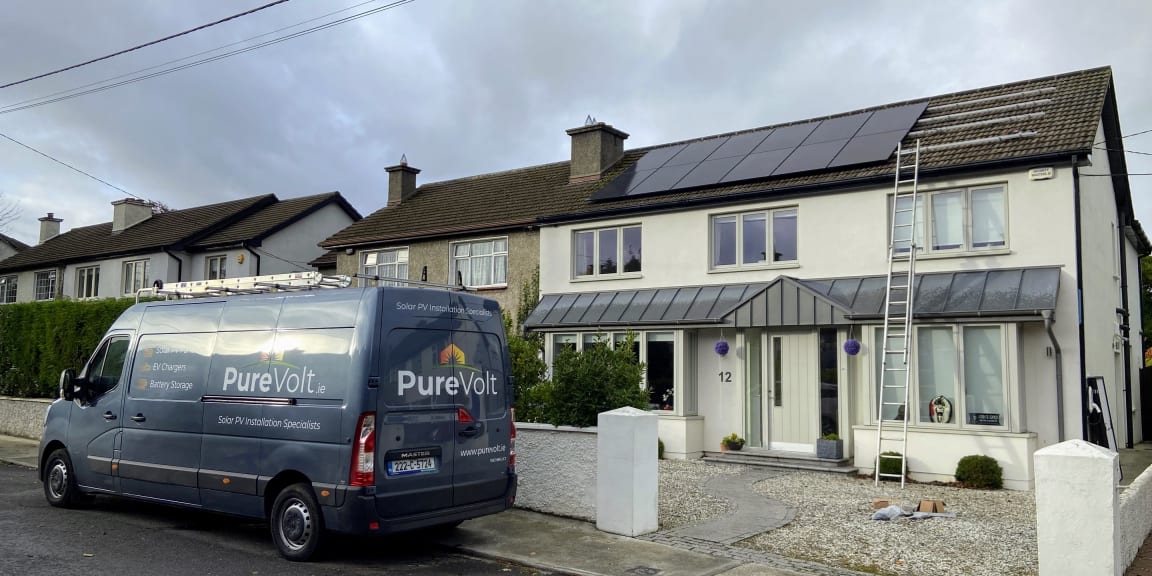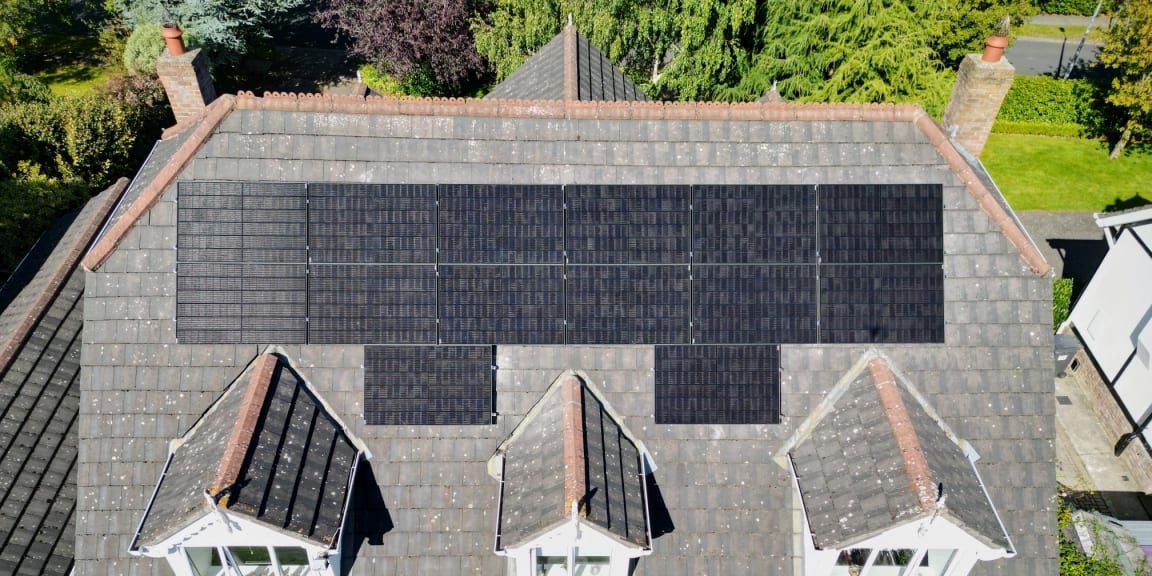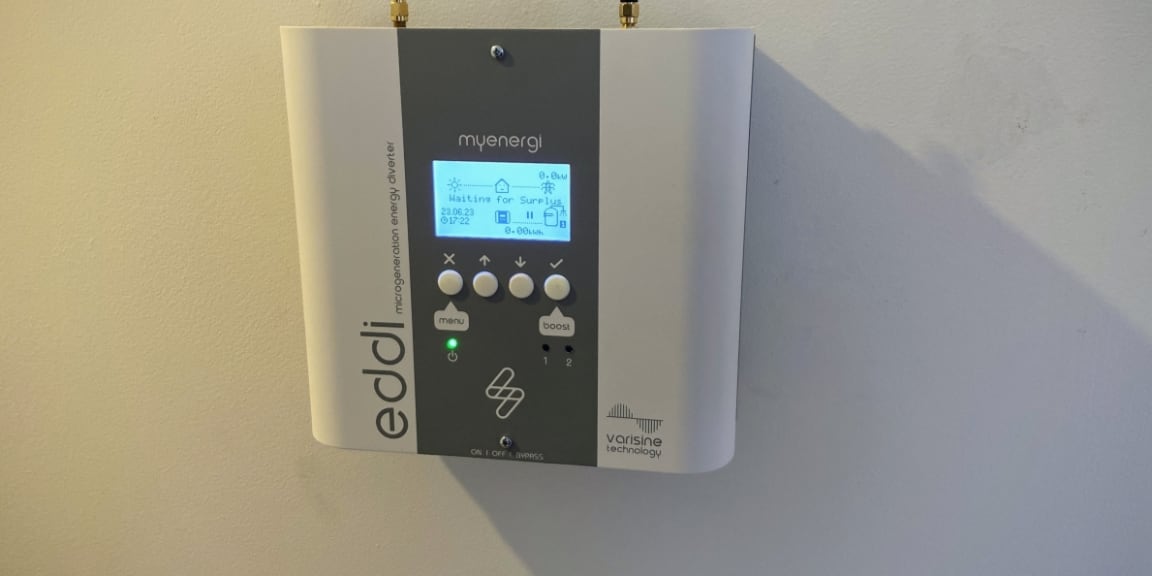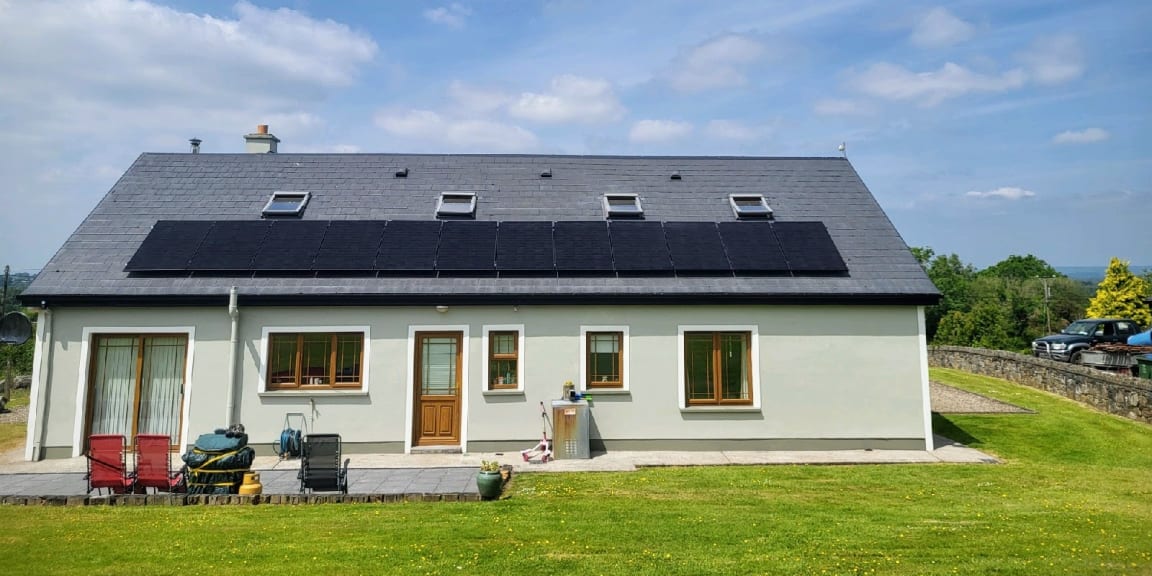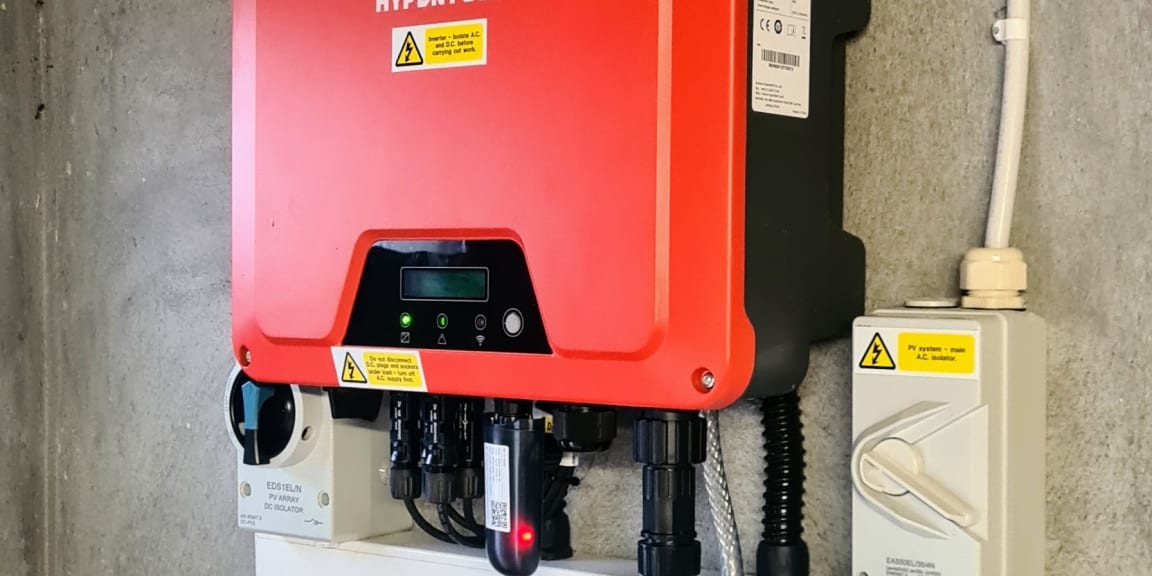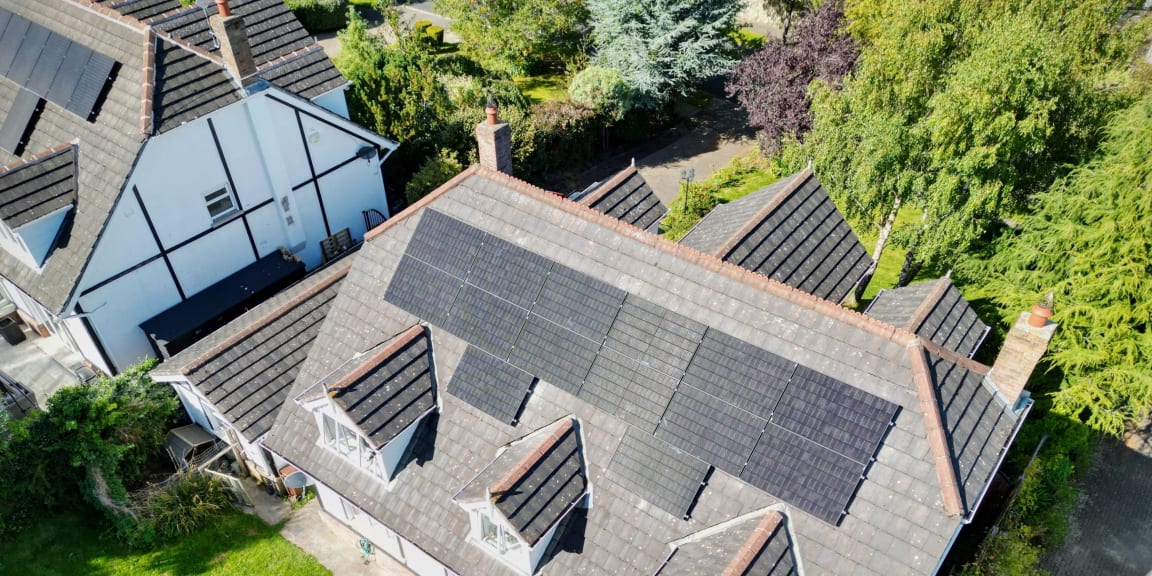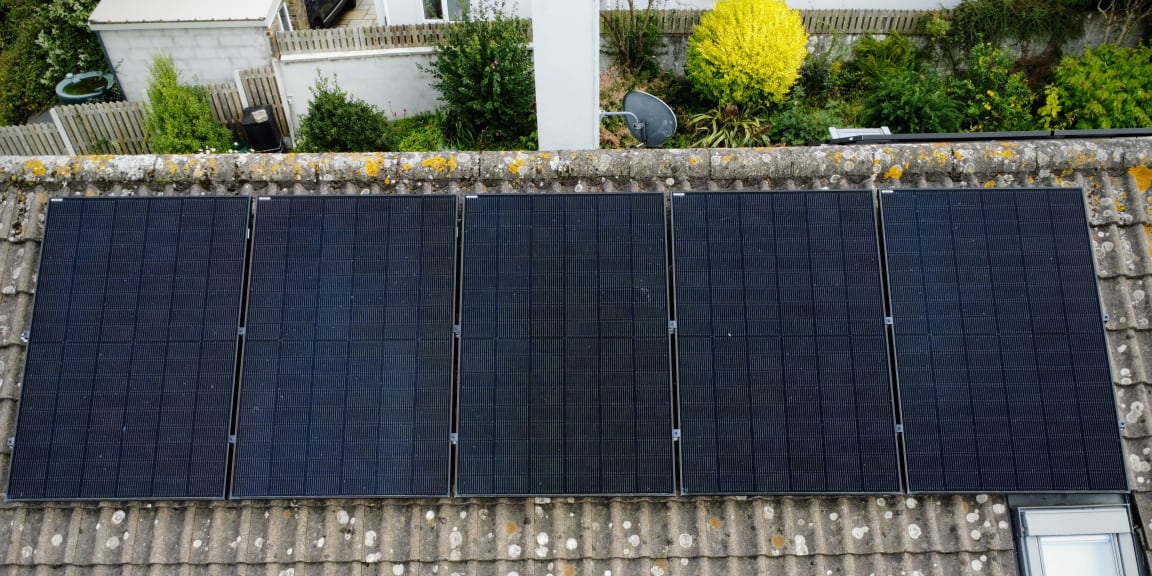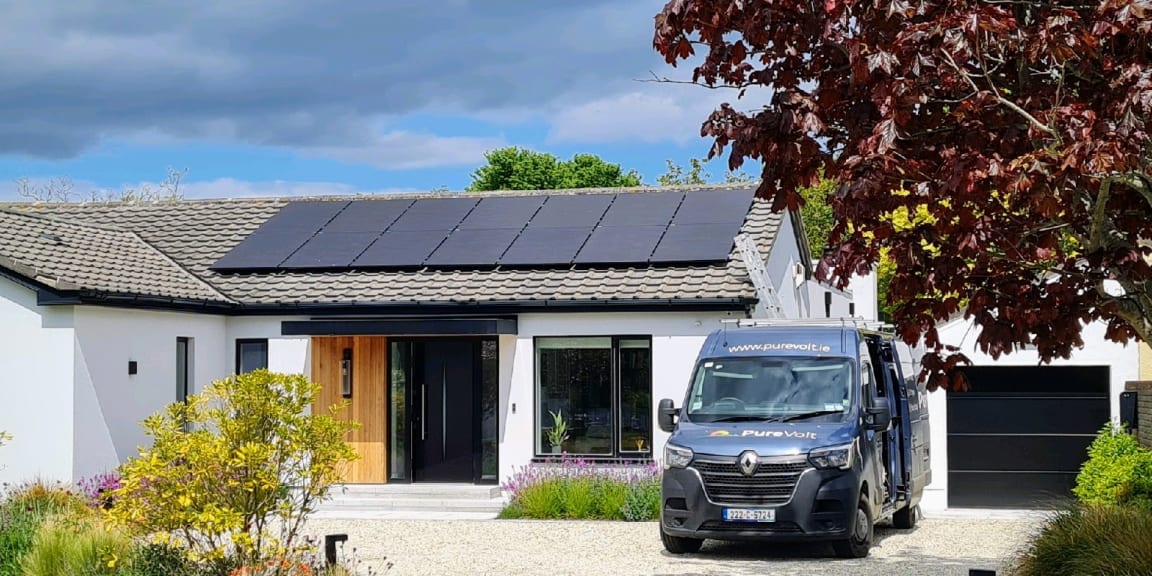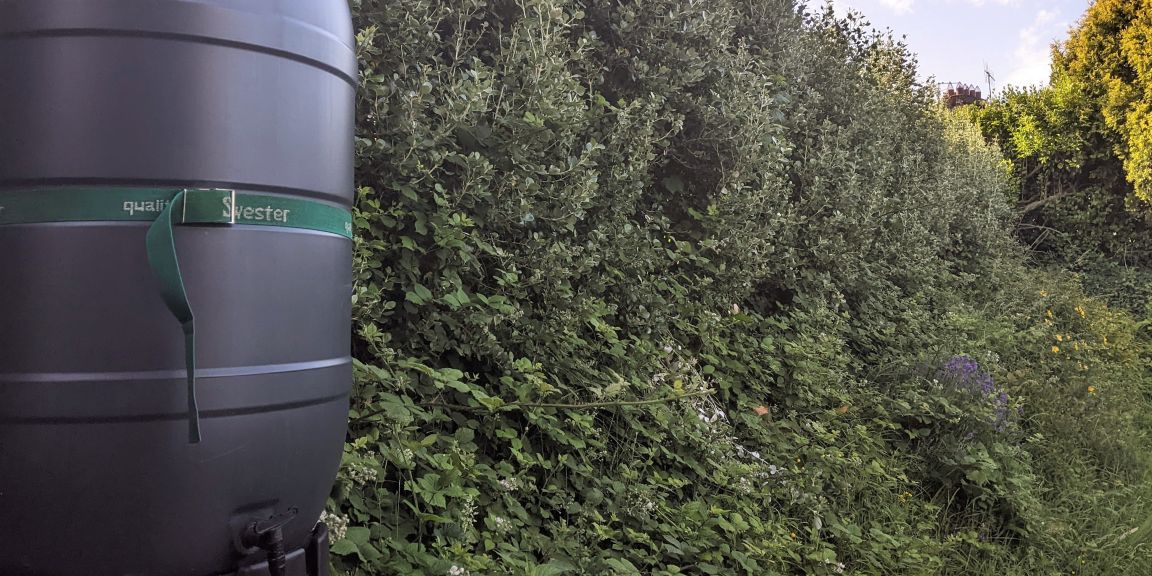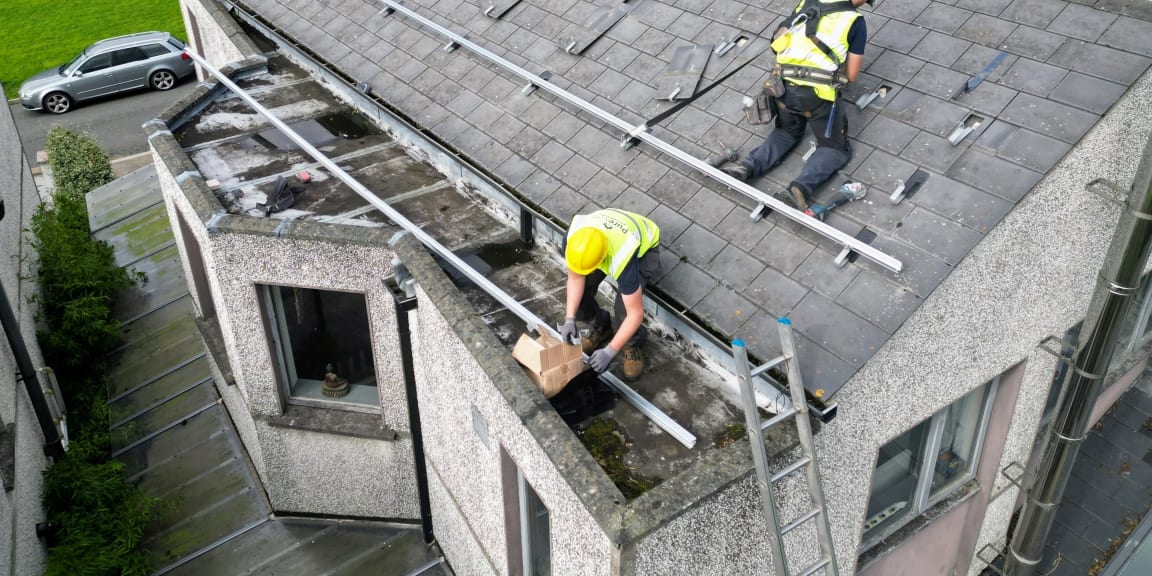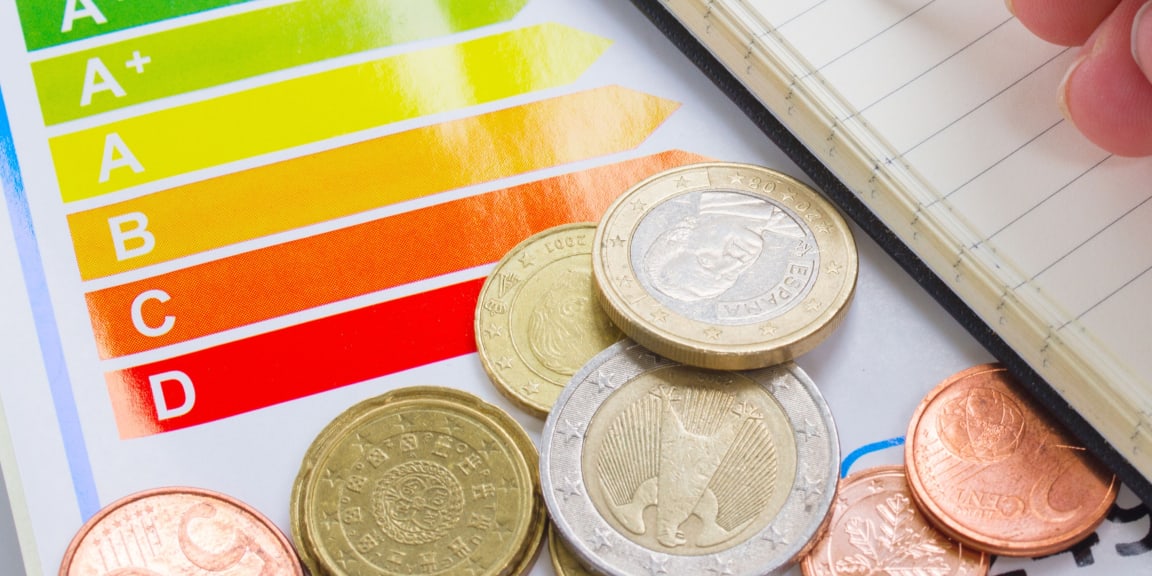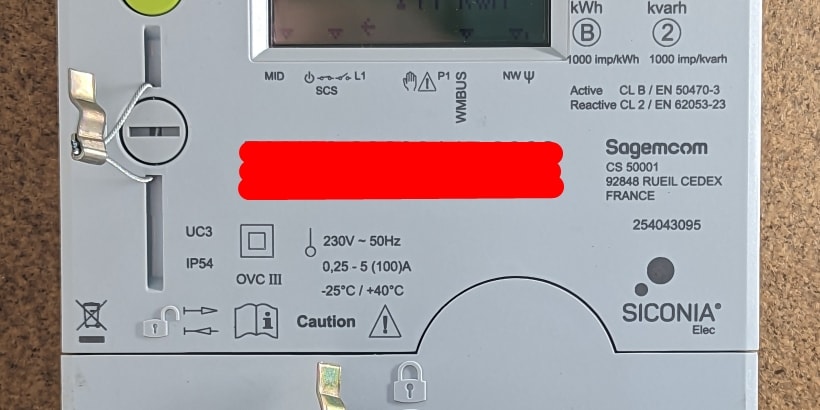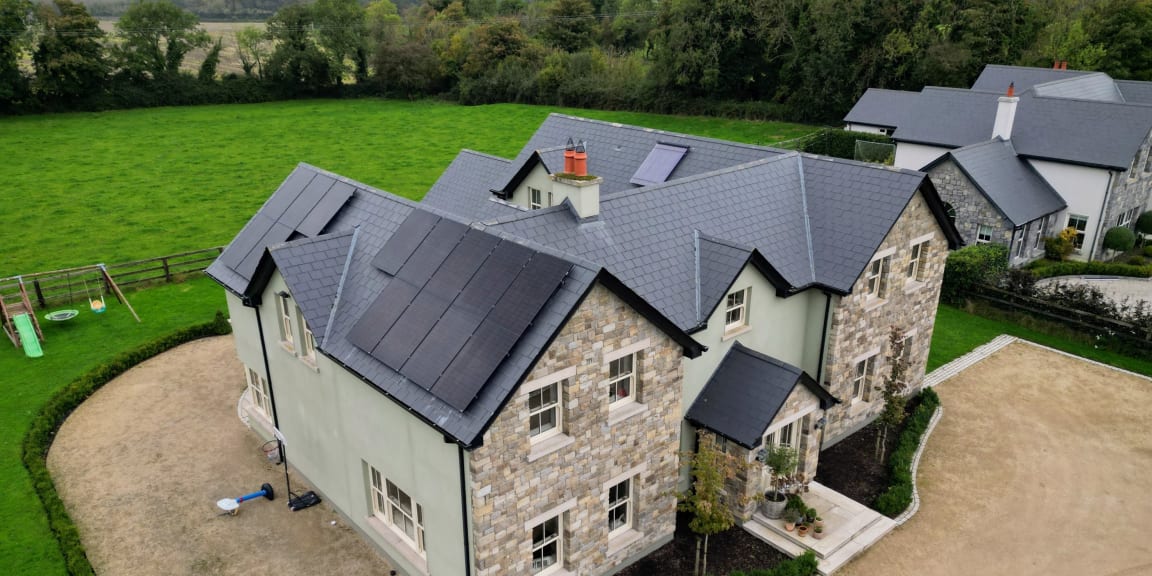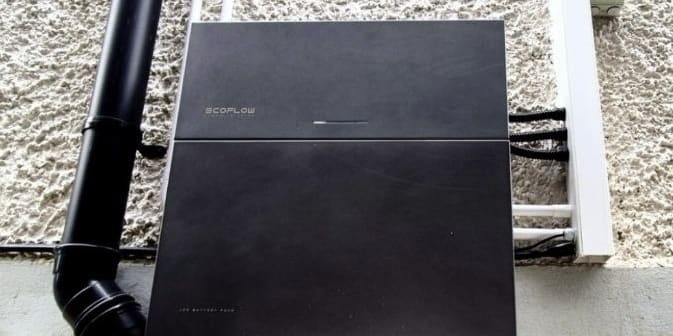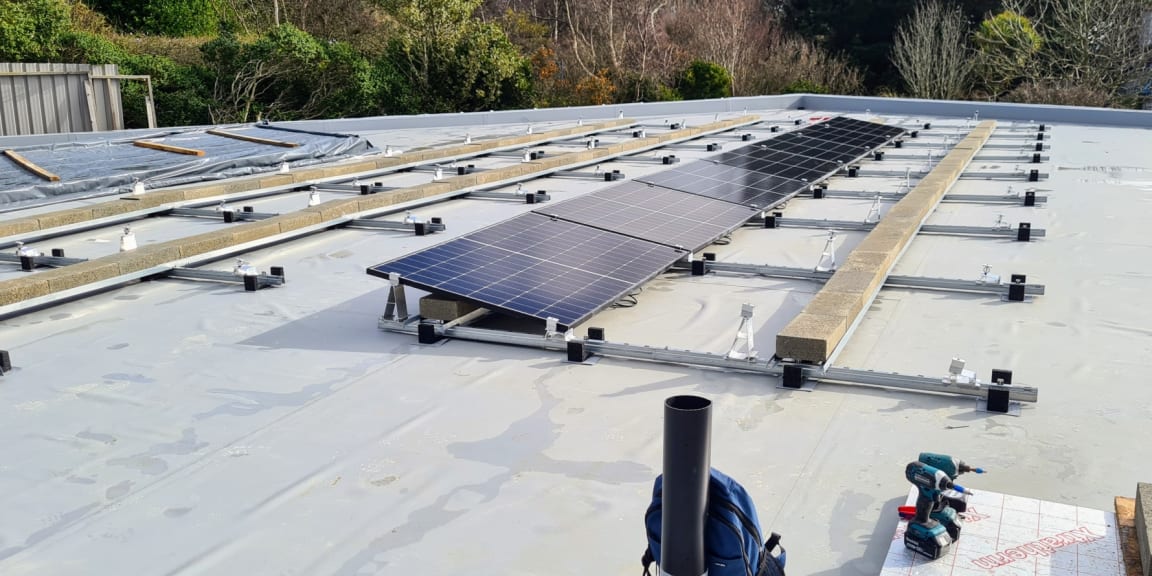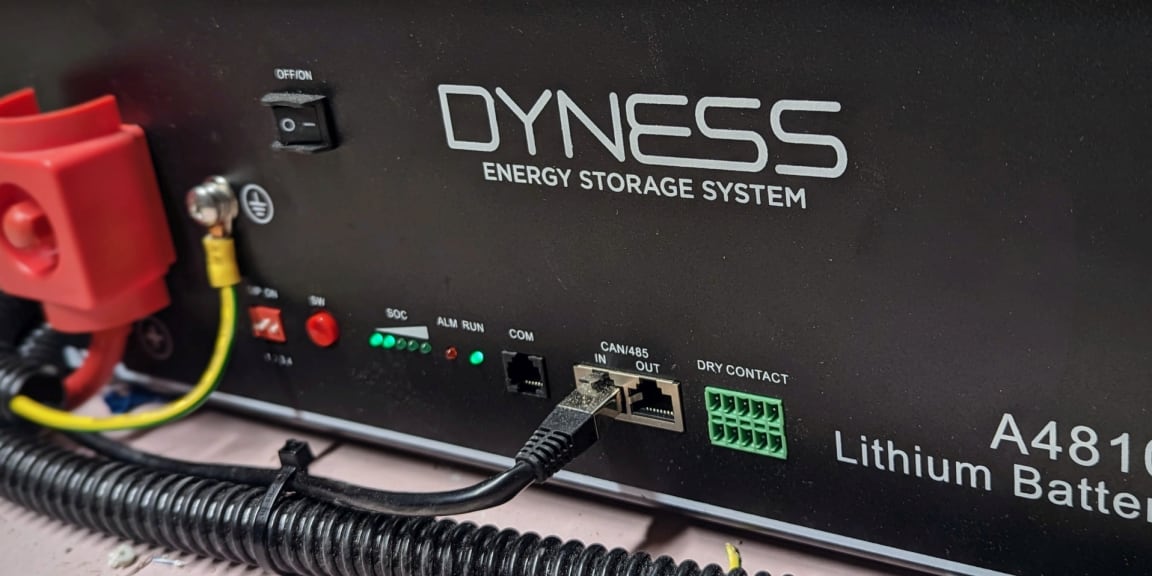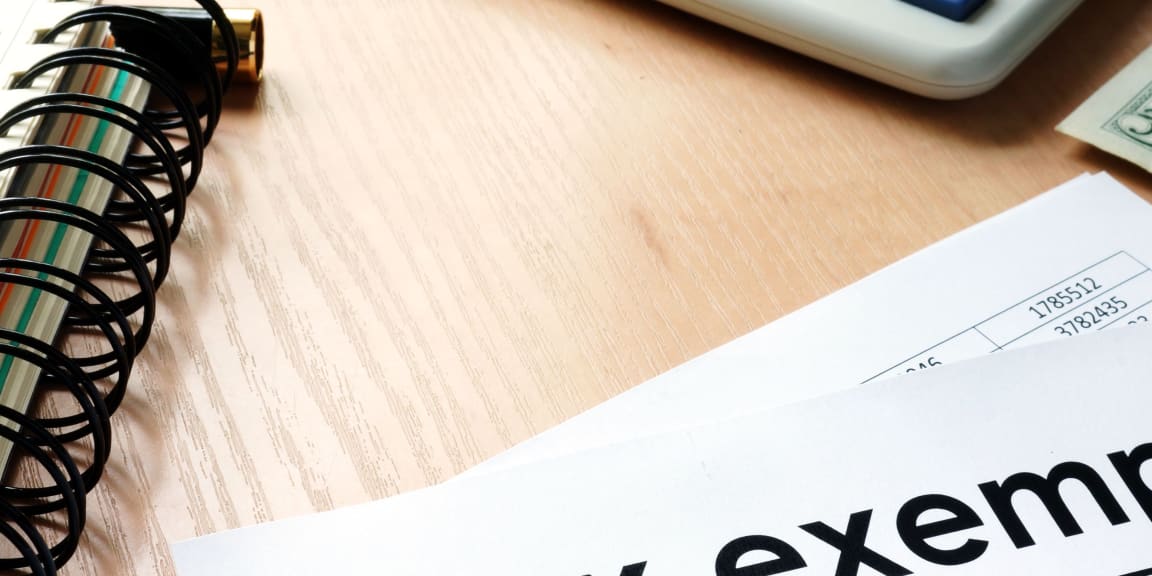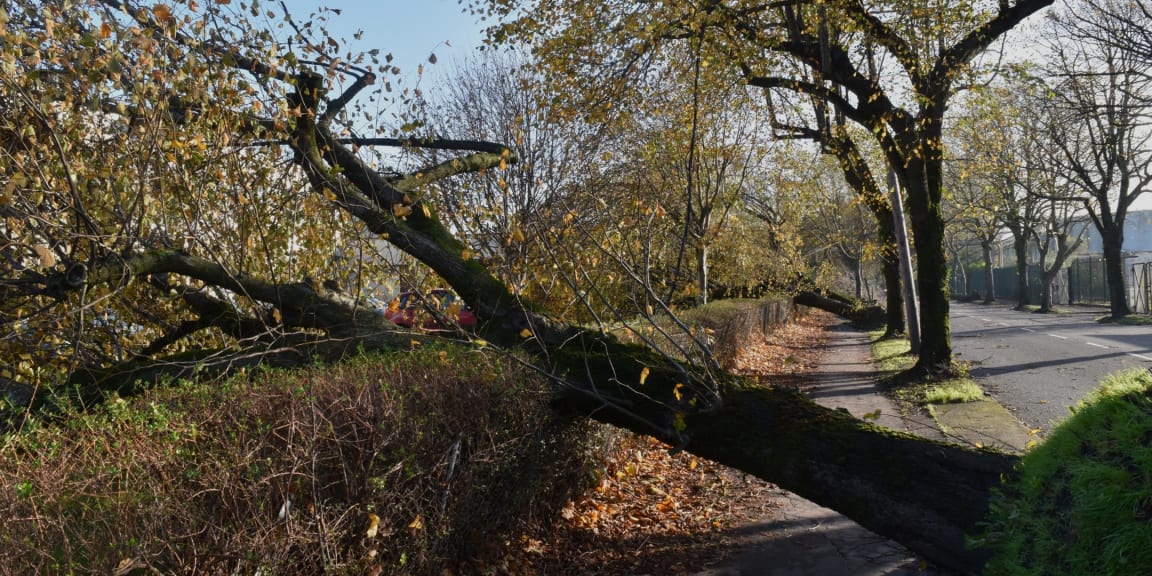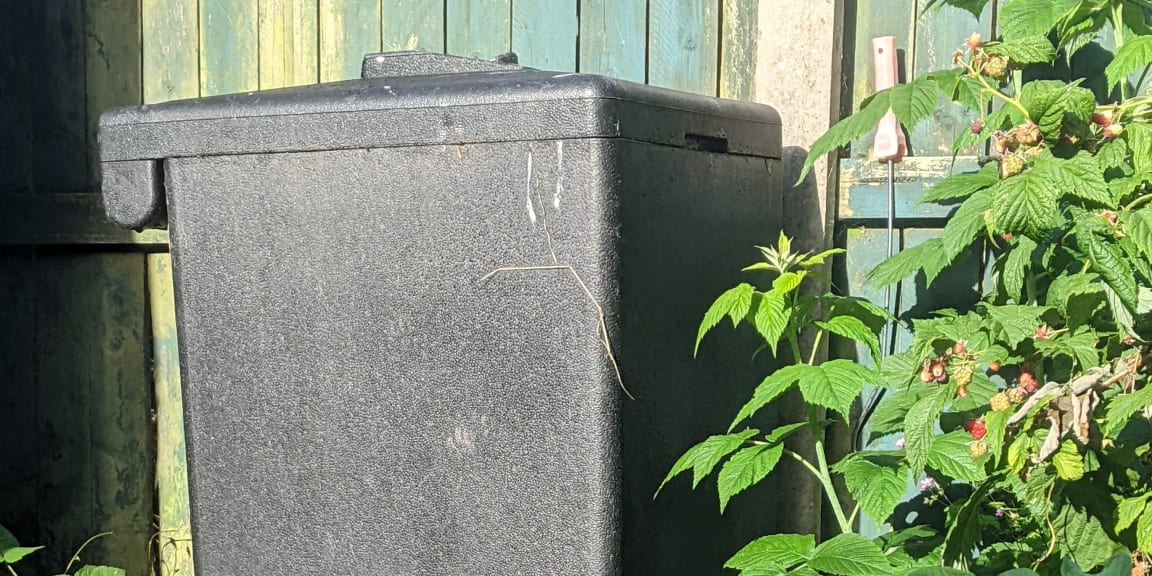
Is my house suitable for solar?
Will solar panels work well on my house?
It's a question we get a lot: is my home suitable for solar? Often the answer is yes. But sometimes there are better value ways to invest in your home and reduce your carbon footprint. This page will walk you through the main factors we look at when helping our customers decide if their home is suitable for solar.
Key factors to consider
We look at a lot of factors when deciding if a house is suitable for PV solar panels. One of our most important jobs is to help a homeowner decide if solar is a good idea in the first place.
For a lot of homes in Ireland, solar is a great addition, but we do (and have) recommended people against fitting solar where we think it would not be a good investment for their pocket or the environment.
There are 5 main factors to consider when deciding if your home is suitable for solar:
Let us do the hard work
The below is just in case it's of interest to you. We are more than happy to check the suitability of your home for solar for you, that's our job. It's quick, and it's free. If you'd like numbers for your own home, including costs and predicted electricity generation numbers, just fill in the solar PV quote form, and we'd be happy to help.
Your roof
For the vast majority of residential solar installations in Ireland, the solar panels will be going on the roof. So the size, shape and direction (or orientation) of your roof is a major factor in determining the suitability of your home for solar. Here are a number of the key factors.
Pitched roof types
Solar panels can be fitted on just about any roof type. They work very well with all the main roof types here in Ireland.
Flat concrete tiles, fibre cement slate, pan tile / roman tile / wavy tile and natural slate are the most common types here in Ireland and solar panels can be fitted to any of those. Natural slate takes a little longer than the others, and so the installation process might take half a day longer.
Flat roof types
Solar panels can be fitted to just about any type of flat roof without compromising it's water tightness. In this case, a frame is added to tilt the panels up to face the sun.
Roof direction
If you have a flat roof then we can point the your solar panels any direction, which normally will be south.
If you have a pitched roof though the direction the panels will face depends on which direction your roof is already pointing (as you cannot put frames onto pitched roofs to point the panels in a different direction).
Due South: most power output
A south-facing roof will produce the most electricity. Being a bit off directly south though has minimal impact on production. Anywhere between south-east and south-west will be very similar.
South East / South West: ~5% lower
If your roof faces south-east, or south-west, then your production will be around ~5% lower on a typical 30° sloped roof. The timing of your electricity production will change too. South-east roofs produce more energy in the morning, while south-west roofs generate more in the afternoon and evening, making them slightly more beneficial for most households.
East / West: ~20% Lower per panel, but double the roof area
If your roof faces due east, or due west, the production will be about 20% lower than a south-facing roof on a typical 30° sloped roof.
One big advantage of an East & West-facing roof is that you can fill the whole roof with solar panels. Giving you twice the area to work with compared to a North / South roof, where you can only use the south-facing half.
There's another benefit to east / west-facing solar arrays too, as they produce the most electricity when you need it most. Homes typically use the most electricity in the morning (when east-facing panels are generating power) and in the late afternoon or evening (when west-facing panels are producing).
East- and west-facing arrays have a strong advantage because they reduce the need for battery storage, allowing you to use the generated power directly.
Northerly: not worthwhile in Ireland
As you move to pointing north, the production from solar panels rapidly drops off, and we would not recommend it as a good financial or carbon-footprint-reducing investment. The only exception is shallower pitched roofs, which experience less of the northerly drop-off compared to steeper roofs.
Is my roof big enough for solar?
The short answer is: yes, it is very likely big enough. Most Irish houses have ample space on their roofs to make electric solar panels worthwhile.
Here's a ball park guide to the amount of power that common roof areas would produce:
Solar panel area System size Annual generation (30° roof facing south) Average household annual electricity consumption 4513kWh (source: SEAI) 16m2
typical 2 bed mid-terrace3.48kWp 3,079kWh 21m2
typical 3-bed semi-detached4.35kWp 3,849kWh 25m2
typical 4 bed stand alone5.22kWp 4,618kWh 40m2
large stand alone house6.09kWp 5,388kWh The above numbers are the area covered in panels. The regulations here in Ireland mean you cannot fill the whole face of the roof. You need to leave a margin free from panels:
- Top of roof (by the ridgeline): 0.2m left free
- Bottom of roof: 0.5m left free
- Sides of roof: 0.5m left free if end of roof, no free space required if mid-terrace.
If you are doing your own back-of-envelope numbers do keep in mind your roof is on an angle, so it has more area that a flat roof would. A typical home in Ireland has a 30° slope on it's roof, so giving you 15% more area to fill with solar panels than a flat roof on the same building.
Solar Calculator
If you'd like to see exactly how many panels might fit on your roof, and how much power that might generate, check out our solar PV calculator.
My roof has lots of angles
It would depend in that case. Lots of small triangles can be difficult, as solar panels are rectangular. Often though it can be fine with a bit of planning in both solar panel positioning and inverter design.
Probably the easiest thing here is just to give us a call or drop us a note with your Eircode. We can quickly check your roof out on google maps and give you a good idea as to what is viable.
Planning permission for solar
Rules restricting the number of solar panels on homes were dropped back in 2022. Unless you've home has specific planning permission restrictions (e.g. part of an architectural conservation area or solar safeguarding zone), it's unlikely there'd be any limit as to the number of panels you could install due to planning permission rules.
Unsure about your roof and solar?
If you're unsure whether your roof is suitable, please fill out our solar panel quote form. We can quickly assess your roof using Google Maps and let you know what might be possible. This service is fast and completely free. We'll give you an estimate that includes cost projections and potential solar generation figures to help you determine if solar PV is a good fit for your home.
Shading & solar panels
Shading can be a significant issue and should be considered before deciding if solar is a good choice, both for your pocket and the environment.
Neighbouring buildings and trees
If your roof is frequently in direct shadow, solar might not be the best option. A little shade early or late in the day isn't a major concern, but direct shadow during significant parts of the midday hours could be problematic.
You don't need a clear view of the horizon from your roof. As long as most of the sky is visible, it should generally be fine.
If it helps, the sun hits a bit over 60° in the sky during mid-summer in Ireland, whereas in mid-winter it's nearer 15° on the shortest day.
Chimneys and dormer windows
A single object casting a moving shadow across your panels is usually not a problem. With careful planning of the panel wiring and inverter setup, we can effectively mitigate this issue. Optimizers are a device we can add to any intermittently shaded panels that help reduce the effect of isolated shading on a solar panel array.
If your roof has multiple items causing significant shadows, it can impact solar production. For example, if you have a large chimney in the middle of your roof along with two dormer windows, leaving only small gaps between them, those gaps might be in shadow too often to make panel installation worthwhile.
However, to be certain, we’d need to take a quick look. The direction your roof faces is another crucial factor in assessing shadows.
Unsure about shading on your house? Just ask.
Again, if you are unsure, please don't hesitate to ask. We can have a quick look to see if shading would be an issue or not for you. We can gather a lot of information just from Google Maps, and we also have drones to assess shading issues from a roof-height perspective. Feel free to get in touch if you'd like to discuss this further.
We will always be straight on this. If we think solar would not make economic sense for you due to solar, we will always tell you that.
Electrics
During the site inspection, our engineers will check your fuse board and electrical systems before providing your finalised quote. This is a necessary step and a very good idea!
Modern fuse boards very rarely need any work. The only issues we typically encounter are with particularly old electrical systems, usually related to missing earth bonding or another grounding issue.
If we see any problems like that, we'll let you know, and it might be something you have to get rectified before solar panels can be added to your home.
This is actually beneficial for your home. It highlights areas where safety may not meet modern standards, and typically, the necessary improvements are relatively easy to make.
Hot water
We don't recommend immersion diverters for the vast majority of people any more. That's because smart meters and smart meter tariff plans can offer better results for less money. Find out about feed-in tariffs here...
In some cases, a hot water diverter may still be beneficial or desirable. In these situations, a solar immersion diverter can redirect any excess power not used by your home to heat your water tank through the immersion element.
If you want to use a solar immersion diverter, you need to have a hot water tank with an existing immersion element. You don't need a separate immersion element just for solar; the existing one can be used by the system, and you can still turn it on manually whenever you like.
If you have a hot water tank that does not have an immersion element, you can installl a device called a Willis heater. Effectively, this adds an immersion heater outside your tank that circulates the hot water into your tank — very clever!
They are relatively inexpensive, and you would need a plumber to install it before we can connect it. If you'd like to learn more about them, just get in touch.
Grant
Your house will almost definitely be eligible for the SEAI Solar Electricity grant as long as:
- You have a connection to the grid
- It was built and occupied by 31st Dec 2020
- This grant has not been claimed before on that property
They are the main requirements that depend on your property, though you can see our page about SEAI grants for solar for more info, or see the SEAI's Website .

